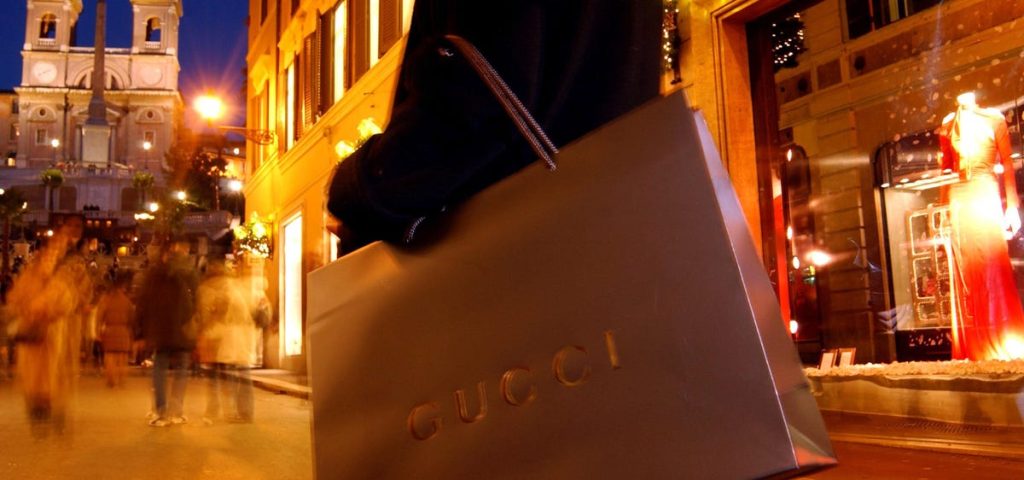Over the last holiday season, I vacationed on a private island. Most people on the island, except for yours truly, were billionaires. Amid super-yachts and private jets, one stereotypical signifier of extravagant wealth was notably absent: designer logos.
I was shocked that I did not see one luxury brand donned by any of the uber-rich people. While chatting up a fellow vacationer, the CEO of a high-end luxury brand, I asked if he was upset that his billionaire friends didn’t represent his brand. He said, “We don’t market to billionaires. They have nothing to prove and don’t buy our products. We market to millionaires and under, who feel special when wearing designer labels.”
Translation: Billionaires don’t buy our products. No matter how wealthy you are, you should be smart enough to do the same.
We’ve all been there, gazing longingly through the window of a high-end designer storefront and wishing we could drape our bodies with their lavish goods like the select elite. The most basic apparel becomes significantly more appealing when embossed with a logo that denotes affluence.
If we were truly honest, we would admit that we pine for these objects of opulence because we equate labels with status. Dangling a Louis Vuitton or Chanel handbag from our arm tells the world we are one of the few who can afford to buy these items and provides us with validation. But studies show that many consumers who buy luxury goods are not in a financial position to be able to afford them.
Despite the lack of affordability, we buy them anyway, because wearing designer brands can positively affect how people see themselves and their self-worth. In some cases, studies also show low self-esteem can be a factor that influences whether or not a consumer purchases luxury goods. People may buy luxury brands to feel powerful, confident, sexy, creative, or edgy, and, in turn, this makes them feel better about themselves.
Since paying such lofty premiums for status and validation alone seems shallow and foolish, brands attempt to justify their prices by touting their “quality.” Designer labels claim that the difference between a generic handbag and one decorated with their esteemed logo lies in their use of the finest materials and skillful craftsmanship. But what consumers are really paying for is the brand name and its social implications.
An analysis performed by The New York Times showed all luxury handbags, regardless of brand, cost approximately $180 to produce. The highest-quality leather and materials cost up to $60, or around 30% of the bag’s manufacturing cost, and labor expenses make up another 40% at about $72. Metal hardware accounts for 25% of the price, or $45; the remaining 5% is attributed to miscellaneous costs.
Let’s round the cost of production up to $200 for good measure. Leather resellers indicate the average markup of a quality handbag is approximately 100% or two times as much. Thus, if you were only paying for quality, a bag that cost $200 to make should retail for no more than $400.
High-end luxury brands manufacture the same handbag, which should sell for $400, and price it at $5,000. That is roughly a 2,400% markup. Yes, you read that correctly.
Instead of seeking validation from flaunting brands, billionaires invest their money. If you were to take $4,600 (the difference between the price of the handbags) and invest in the stock market, making an additional monthly contribution of $100, with an average return of 9% (the stock market yields an average rate of return of 9.89%), you would net approximately $224,000 over 30 years. Yes, you also read that correctly.
Are status and validation worth forgoing $224,000 and pillaging your financial future?
If your answer is still yes, the dupe is on you.
Read the full article here



